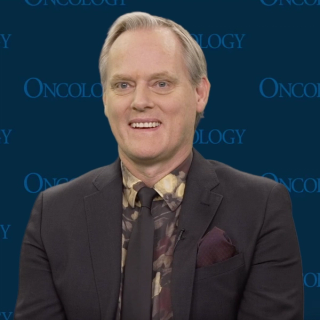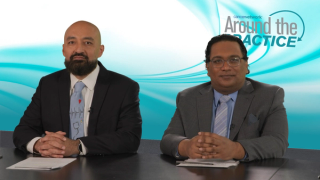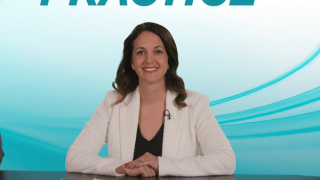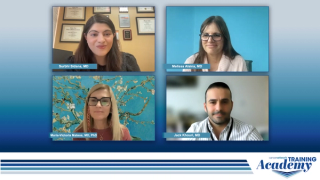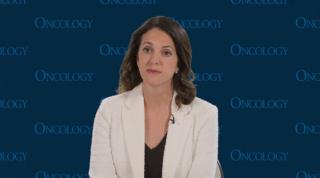
Multiple Myeloma
Latest News
Latest Videos

More News
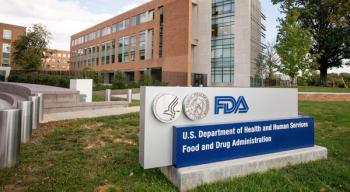
The FDA has released a statement regarding safety concerns that led to a clinical hold on three trials of pembrolizumab in combination with pomalidomide or lenalidomide for patients with multiple myeloma, and the active role of the FDA in protecting patient safety.

How many people this year are expected to be diagnosed with multiple myeloma in the United States? And how does the rate of incidence differ between black patients and white patients, or between men and women? Test your knowledge on multiple myeloma in our latest quiz.

Prolonged use of bortezomib after treatment with combined bortezomib plus dexamethasone did not result in any significant benefit for patients with relapsed/refractory multiple myeloma compared with bortezomib plus dexamethasone alone, but this less dose-intensive approach could be a feasible option for patients who cannot tolerate the standard regimen.

Patients with newly diagnosed multiple myeloma treated with lenalidomide maintenance therapy after undergoing autologous stem-cell transplantation had significantly improved overall survival compared with observation or placebo.
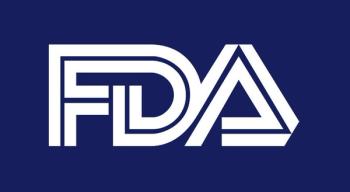
The FDA placed a clinical hold on three trials of the PD-1 inhibitor pembrolizumab in combination with pomalidomide or lenalidomide for patients with multiple myeloma.
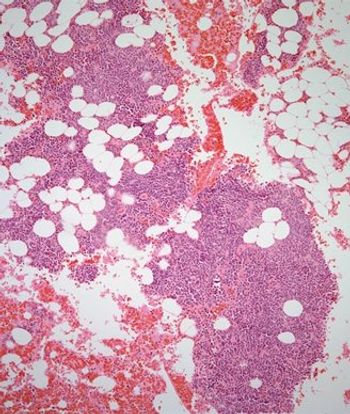
Treatment with the combination of daratumumab plus pomalidomide/dexamethasone resulted in rapid, deep, and sustained responses with no new safety signals in patients with heavily treated multiple myeloma.

Undergoing autologous hematopoietic stem cell transplantation was effective and safe in patients with refractory multiple myeloma, including those patients who are refractory to both proteasome inhibitors and immunomodulatory agents.
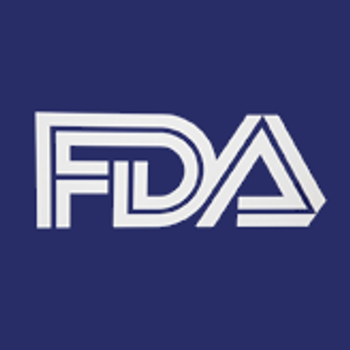
The FDA has approved daratumumab in combination with pomalidomide and dexamethasone for the treatment of relapsed or refractory multiple myeloma.

Combining bendamustine, pomalidomide, and dexamethasone achieved a promising overall response rate in patients with heavily pretreated lenalidomide refractory multiple myeloma, according to the results of a phase I/II trial.

In this interview we discuss how relapse in multiple myeloma manifests and treatment options for relapsed/refractory patients.

CAR T-cell therapy targeting B-cell maturation protein may be a new effective type of immunotherapy treatment for patients with multiple myeloma.
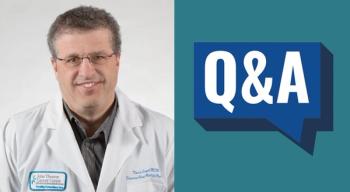
In this interview we discuss the standard of care and current treatment options for patients with multiple myeloma.

The stem cell transplantation utilization rate in the United States increased from 2008 to 2014, but was lower among Hispanics and non-Hispanic blacks compared with non-Hispanics whites.

Combination treatment with pembrolizumab, pomalidomide, and low-dose dexamethasone resulted in durable responses in patients with relapsed or refractory multiple myeloma.

Combined treatment with lenalidomide, bortezomib, and dexamethasone plus transplantation significantly delayed progression in patients with multiple myeloma.

Patients with relapsed or refractory multiple myeloma experienced significant indirect social costs from their disease, in addition to the direct costs.

Dose-attenuated bortezomib, cyclophosphamide, and dexamethasone (VCD-lite) is a viable treatment option for vulnerable or frail adults with newly diagnosed multiple myeloma.

The FDA has expanded the approval of lenalidomide to include its use as maintenance therapy for patients with multiple myeloma following autologous stem cell transplant.
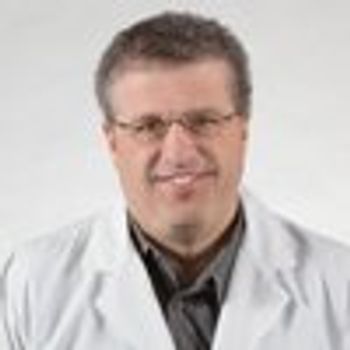
In this interview we discuss the latest therapy developments in the treatment of multiple myeloma.

There was no association between conventional response outcomes, such as complete response or very good partial response, and survival in patients with newly diagnosed multiple myeloma.

Upfront treatment with melphalan and ASCT should be the standard treatment approach for younger patients with newly diagnosed multiple myeloma.

Adding bortezomib to lenalidomide and dexamethasone improved progression-free and overall survival in patients with newly diagnosed multiple myeloma who were not planned for immediate stem-cell transplant.

The combination of bortezomib and dexamethasone with 160 mg daily ricolinostat, a selective histone deacetylase 6 inhibitor, was well tolerated and active in patients with relapsed/refractory multiple myeloma.

Here we outline the most promising novel cellular immune strategies for patients with multiple myeloma. In addition, we highlight combinatorial approaches that, it is hoped, will further optimize cellular immunotherapies for myeloma and lead to deep and durable responses and, possibly, even cures.
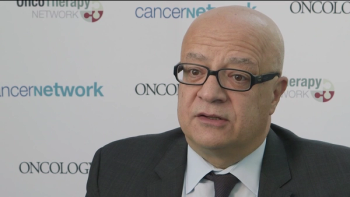
This interview examines a study that looked at the health-related quality of life of multiple myeloma patients in a real-world setting who underwent maintenance therapy after autologous stem cell transplant.



